Vintage Views: The greatest factory that never was
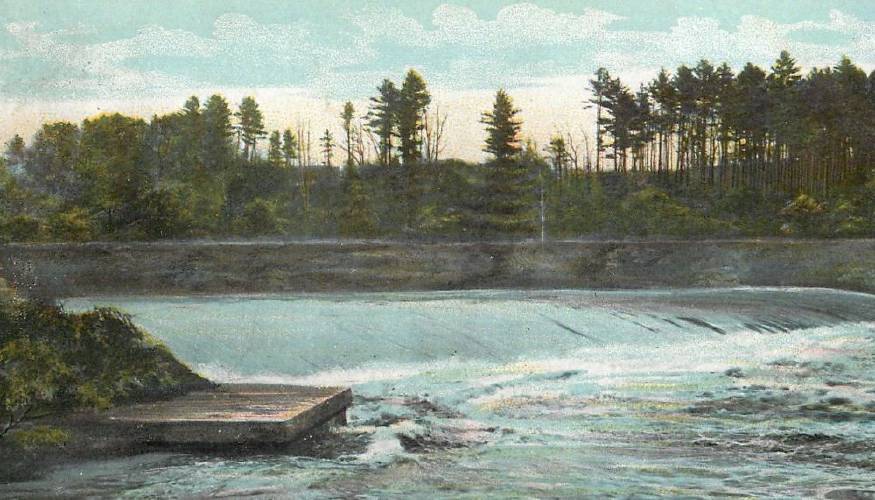
A vintage view of Sewall’s Falls. This peaceful scene was captured in the year 1900. James W. Spain Postcard Collection
| Published: 04-13-2024 2:00 PM |
It was almost two hundred years ago when our Concord ancestors thought and planned and then they planned and thought again. They dreamed about what could be and about the riches that might follow.
A period of time commonly referred to as the Second Industrial Revolution in America started between the years 1820 and 1870 depending upon where you resided in our country. The 1830’s witnessed this new revolution as well as many additional historic events within their lifetimes. There was much sadness for the Native Americans as populations continued to expand westward, the “Indian Removal Act” was initiated, the Oregon Trail was being used by settlers in search of opportunities in the Pacific Northwest and a gentleman named Nat Turner had a revolt. As settling continued people were evolving and inventing, people such as Cyrus McCormack who invented the mechanical reaper. People pursued their dreams and sought opportunities during this period of time.
Our very own ancestors living Concord also sought their own version of fame and fortune. They dreamed about capturing these opportunities that would have left all of us residing to this very day in a much different Concord, New Hampshire. It was in our little town that the people planned to harvest the power of water to provide a limitless supply of power to the anticipated mills and factories that could be built. The waters of the Merrimack River in particular, those were the currents that the people investing during the 1830’s desired to capture and dam with canals and waterwheels.
The area that we know as Sewall’s Falls offered a premium location to construct a dam to control the water that flowed freely into East Concord and beyond. The Sewall’s Fall dam and canals were indeed built about two miles north of the village. The investors harbored great expectations and the future of our beloved East Concord was in fact in their hands.
The Sewall’s Falls Company intended to control the mighty flow of Merrimack River water, build the dam as well as a canal over two miles in length from the area near the Federal Bridge to the inlet above the falls. Not only did this harvest the power the water offered it also created further opportunities for navigating the Merrimack River with steamships for recreation and transportation of goods. It is said that the drop of water in ordinary stages would be sixteen feet. The quick flowing Merrimack waters would be channeled with the construction of two water courses leading off to the east creating a prime location for mills to be constructed with limitless water power. After the water flow passed the proposed mill location it would exit the canal to the Mill Brook area below in East Concord.
The plans for this Sewall’s Falls water power generating investment boasted a return of enough power to operate twenty-three mills. The concept was quite known for it was in fact very similar to the mills we see in Lowell, Massachusetts. The details provided on the masterplans, vivid details on paper sketched almost two hundred years ago were indeed very grand. As the months turned to years and momentum and support for the development north of Concord stalled time and again, we find new barricades that eventually allowed the project a very slow death. In time the railroad arrived and found favorable land to lay railroad tracks somewhat close to the Merrimack River. As Concord became a center for the railroad industry all thoughts of the proposed mills in East Concord dissipated as quickly as the current flowed south.
If in fact the proposal to generate power from the Merrimack River resulted in the construction of the many mills it would support then our landscape would be very different today. The serene forest that we hike would not exist, the landscape north of our village would be shadowed by old brick mills quite similar to the city of Lowell, Massachusetts. The days of the railroad and the dreams of powering plants with the river are long in our past.
This is one dream I am glad our ancestors did not realize. I enjoy our bountiful nature and celebrate the greatest factory that never was.
Article continues after...
Yesterday's Most Read Articles
 Hometown Heroes: Couple’s sunflower fields in Concord reconnects the community to farming
Hometown Heroes: Couple’s sunflower fields in Concord reconnects the community to farming
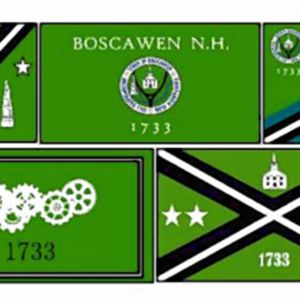 Boscawen resident takes issue with proposed town flag designs
Boscawen resident takes issue with proposed town flag designs
 Skepticism turns to enthusiasm: Concord Police welcome new social worker
Skepticism turns to enthusiasm: Concord Police welcome new social worker
 With new plan for multi-language learners, Concord School District shifts support for New American students
With new plan for multi-language learners, Concord School District shifts support for New American students
 With Concord down to one movie theater, is there a future to cinema-going?
With Concord down to one movie theater, is there a future to cinema-going?
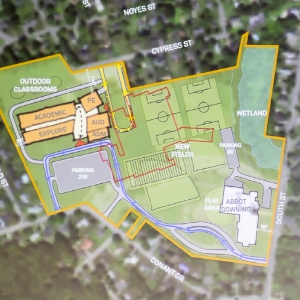 Opinion: The Concord School Board can restore trust with residents
Opinion: The Concord School Board can restore trust with residents


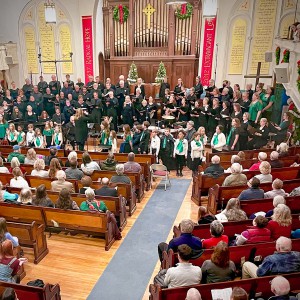 Concord Chorale presents ‘The Armed Man: A Mass for Peace’ by Karl Jenkins
Concord Chorale presents ‘The Armed Man: A Mass for Peace’ by Karl Jenkins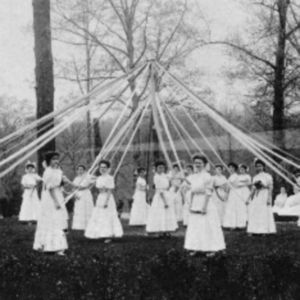 Vintage Views: Our beloved May Day with dancing, horn blowing
Vintage Views: Our beloved May Day with dancing, horn blowing Homeyer: Tips for planning a successful garden
Homeyer: Tips for planning a successful garden From the farm: The Cow Spa is open
From the farm: The Cow Spa is open
